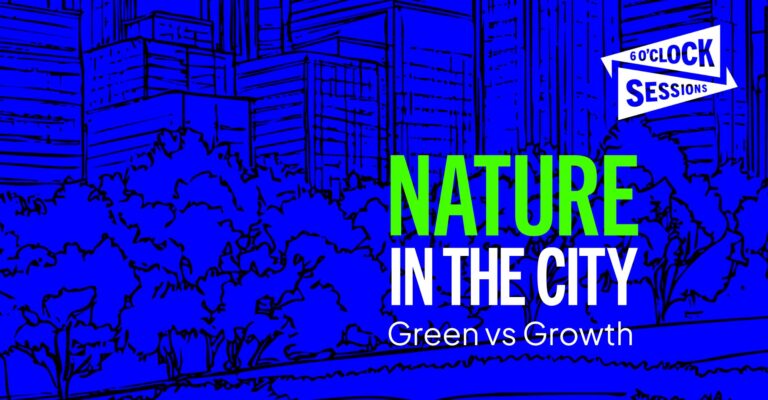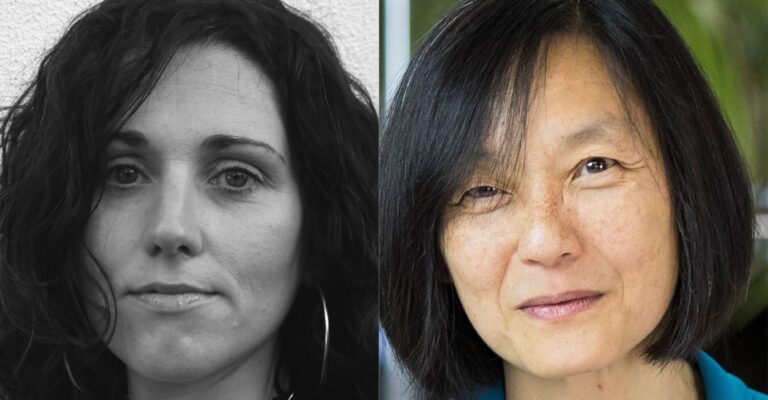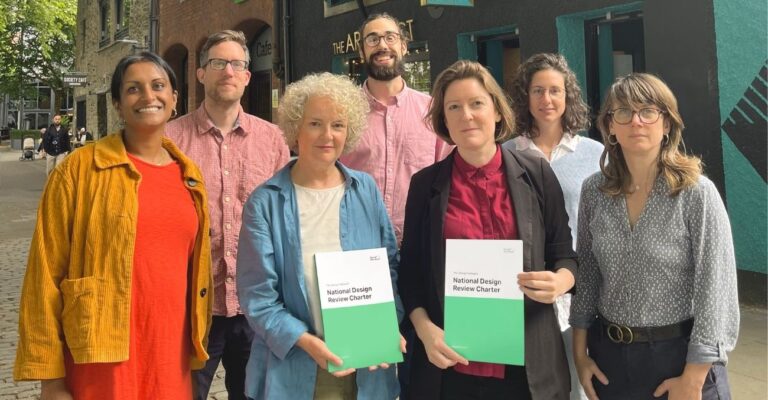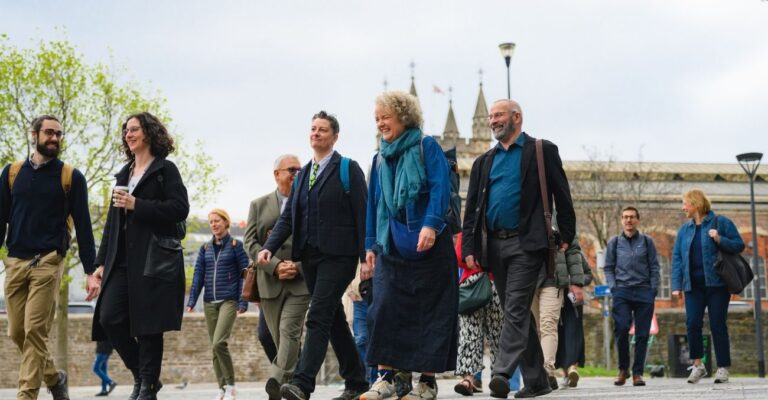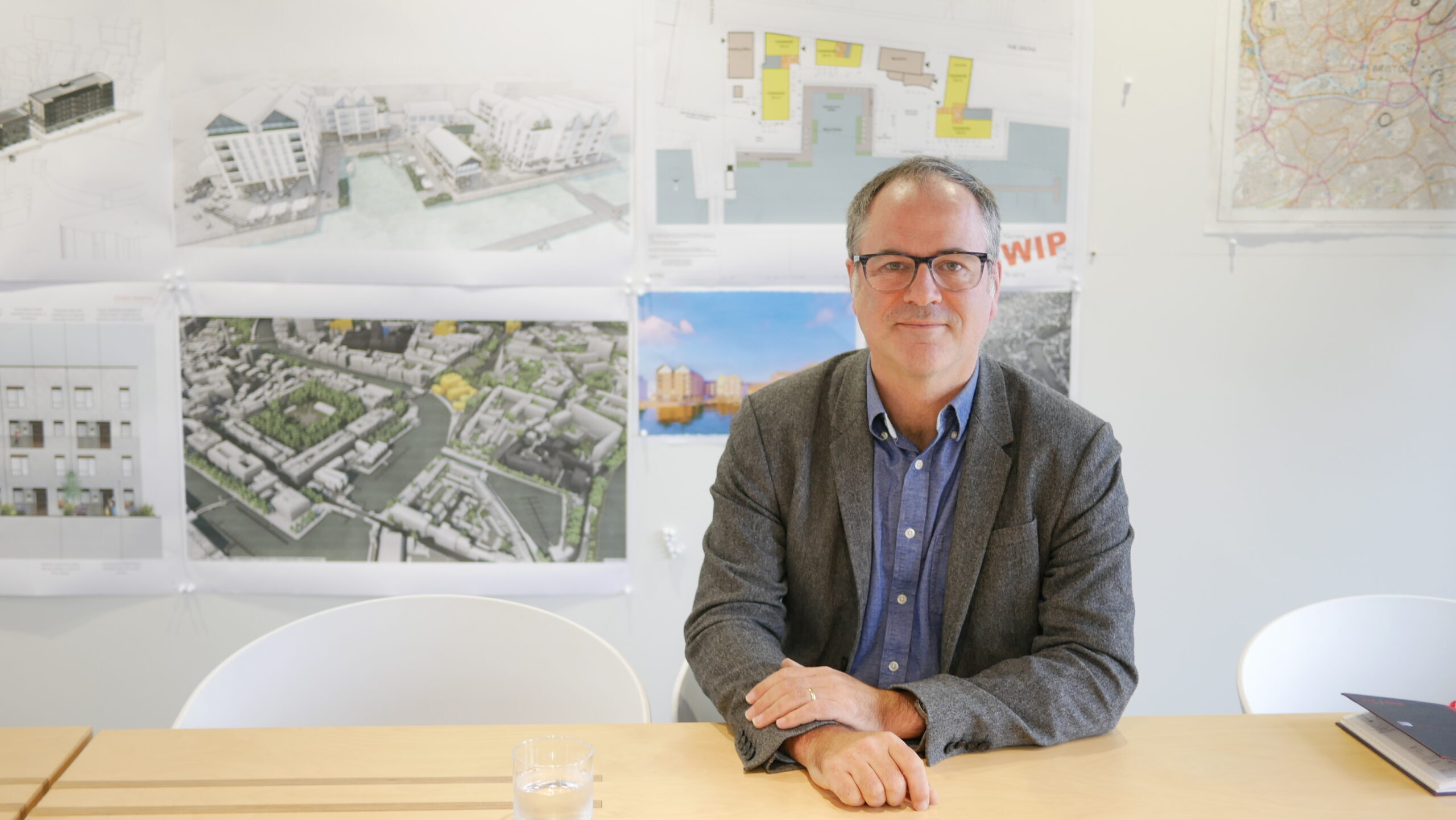
Design Thinking
Interview | Nick Fairham, Chair of Trustees, Design West
DESIGN WEST WELCOMES A NEW CHAIR OF TRUSTEES.
Nick Fairham, CEO of BDP has joined Design West at a crucial time in the charity’s development, as it grows its design review & placemaking services, expands its public programme of talks & continues to provide a vibrant home for design across the South West.
Nick share his thoughts on his new role, the future of design, and how listening and learning from others helps design places fit for purpose.
Why did you choose to take on the role of Chair at Design West?
There’s a lot of synergy between the role that I currently do at BDP, and the role at Design West. BDP is very focused on social and environmental issues with a strong urbanism team — we look closely at placemaking and the value of place. This is reflected at Design West – I felt I could add value by sharing best practice in a city I call my home.
Bristol is going through a huge amount of regeneration right now. It’s a very important time to get things right, and to have city advocates in place who can help shape Bristol and the wider region into the sort of place that’s fit for the future. This must take on board the needs of citizens in an equitable and socially responsible way.
Why do you think we need organisations like Design West?
Organisations like Design West are invaluable as they bring together a far more diverse group of people than in other organisations. Design West facilitates discussions between professionals in the built environment, the public, politicians, developers and stakeholders, resulting in a much more rounded conversation.
What makes Design West’s talks worth coming to?
Quite often, events are somewhat of an echo chamber. What I think Design West does well is create opportunity for action. All creative projects improve through positive challenge. If you can have more diversity in that range of positive challenge, then it’s only going to benefit the outcome in terms of the quality of our built environment.
Design West’s events allow you to experience things from different perspectives. We all want to move towards a more equitable society and using a forum like Design West, a place which openly sponsors people’s opinions and advocates for a high quality built environment, can only be a good thing.

Why should people and businesses become members of Design West?
First and foremost, it’s about caring for the place that you live and work. Bringing together people with shared values, beliefs and visions at Design West can have a profound impact on enabling the city and region to develop in a way which looks at the needs of the people, planet and prosperity.
What would you like to achieve in your role at Design West?
In the short term, I want to get to know the staff and the trustees and understand what makes things tick, as well as support them in their current activities.
In the medium to long term, I’d like to work with the teams and see how we can expand the scope and the influence of the organisation around key priority areas. One of the things I would like to see is how we expand Design West’s work across the lifecycle of a project. What’s the brief? What are the outcomes expected from a project? Did it do what it set out to do?
What should we be doing to mitigate bad design?
Wear shades! In seriousness, the best way to avoid bad design is stop it before it’s built. Design West’s design reviews are a fantastic way of being able to do that.
Of course, there are buildings already built which aren’t fit for purpose. As we learn more and more about successful retrofit, there will be more opportunities to repurpose some of these buildings. One of the things we should be lobbying on is removal of VAT on retrofit. If you do that, you make repurposing projects more viable.
If I’d met an architect when I was younger, I might have made my decision to study architecture much earlier. That’s why initiatives like Design West’s Shape my City are so important, because they enable young people to engage with different built environment professionals at an earlier stage in their education.
Nick Fairham
Are you optimistic that we can build cities that will work for us?
I’m optimistic about cities because I think we’ve shown that we can adapt very quickly to rapidly changing social and environmental conditions across cities. Post-pandemic, we’ve had to evolve very quickly to working from home and a changing retail environment.
I’ve got particular optimism around the next generation coming through as they have really strong courage in their convictions, particularly around social and climate change issues. I expect to see this generation continuing the kind of the positive adaptation that we’ve seen, with a real paradigm shift as the next generation move into leadership roles.
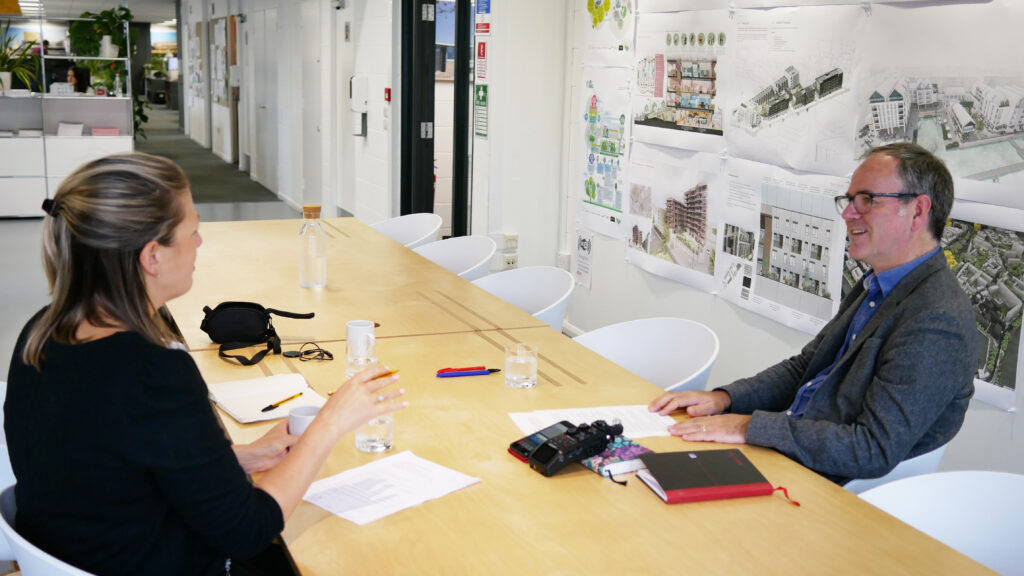
What role does technology play in the future of design?
We need to think about designing things in a different way with less demand on new materials and traditional methods of construction, which can be slow and time consuming.
What we need to do is develop the next generation of generalists who can assemble mechanical and electrical systems and understand digital technology. Their role becomes more like manufacturing and less like building with systems designed in a way so they can be dropped into place in one go. There will always be a need for local craftspeople who understand traditional construction, but I think if we’re going to move forward, we’ve got to focus on modern methods of construction and digital engineering.
How do we encourage young people to consider work in the built environment?
The biggest challenge is recruitment, particularly if you start to look at the construction sector. A significant part of the workforce is over 50, due to retire shortly, without the needed swathe of new recruits coming through.
If I’d met an architect when I was younger, I might have made my decision to study architecture much earlier. That’s why initiatives like Design West’s Shape my City are so important, because they enable young people to engage with different built environment professionals at an earlier stage in their education. On our Board of Trustees, there’s already an ex-Shape my City member, which shows we are making an impact.
What responsibility do architects have towards improving our towns and cities?
I think the role of an architect has changed over time. Architects were originally described as the master builder — what the architect said was what happened, and this would cascade through the whole design and building process. I think it’s very different now — we set a vision, engage with others around buying into that vision and ultimately bring people together to make it happen.
There are strong parallels with Design West’s work. An architect must be able to bring together professionals and stakeholders and get everybody behind a project. By doing that, it’s going to be meaningful to the people that use it, because we know we’ve got buy in from everybody, which then cascades. The idea of thinking about ‘places focused around the needs of people’ can only bring value.
You Might Also Like
